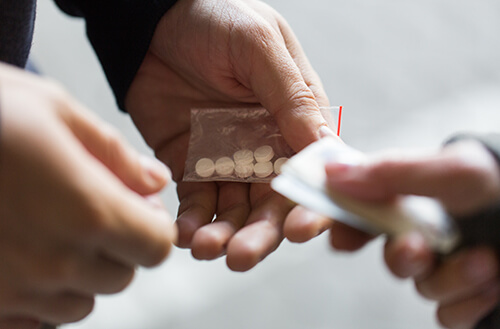Psychoactive drugs, substances that alter brain function and result in alterations in perception, mood, consciousness, cognition, or behavior, have been an integral part of human culture and medicine for centuries. While these drugs have undeniable medical benefits, their use also raises complex social, ethical, and health-related questions. This exploration delves into the delicate balance between the medical advantages psychoactive drugs offer and the social impacts they generate, highlighting the need for informed policies and responsible usage.
Understanding Psychoactive Drugs:
Psychoactive drugs encompass a wide range of substances, including prescription medications for mental health disorders (such as antidepressants and antipsychotics), recreational drugs like marijuana and ecstasy, and even substances like caffeine and nicotine. These drugs can alleviate symptoms of mental illnesses, manage chronic pain, improve focus and concentration, or induce altered states of consciousness for recreational or religious purposes.
Medical Benefits:
One of the most significant advancements in modern medicine has been the development of psychoactive drugs to treat mental health disorders. Antidepressants, mood stabilizers, and antipsychotics have transformed the lives of countless individuals, allowing them to manage conditions such as depression, anxiety, bipolar disorder, and schizophrenia. Additionally, substances like medical marijuana have shown promising results in pain management and the alleviation of symptoms associated with chronic diseases.

Social Impacts:
However, the use and abuse of psychoactive drugs have social implications. Substance abuse disorders can strain relationships, hinder professional growth, and lead to criminal activities. Recreational drug use, especially among young adults, raises concerns about impaired driving, academic performance, and mental health. Furthermore, the illegal drug trade fuels crime and violence in many communities, impacting public safety.
Balancing Act:
The challenge lies in striking a balance between harnessing the medical benefits of psychoactive drugs and mitigating their social impacts. Education and awareness campaigns can promote responsible usage and highlight the dangers of substance abuse. Accessible mental health services, including therapy and counseling, can provide support for those struggling with addiction or mental health disorders, addressing the root causes of substance abuse.
Informed Policies and Regulation:
Policies and regulations play a crucial role in balancing the scales. Responsible regulation of prescription drugs, coupled with rigorous oversight to prevent abuse, can ensure that these medications reach those who need them while minimizing the potential for misuse. Similarly, decriminalization and regulation of certain recreational drugs, as evidenced by the legalization of marijuana in several jurisdictions, can shift the focus from criminal punishment to public health, emphasizing harm reduction and education.
Conclusion:
In navigating the complex landscape of psychoactive drugs, it is essential to recognize their dual nature: as potent tools for medical treatment and as substances that can lead to social challenges when misused. A holistic approach involving education, accessible healthcare, and sensible policies is vital. By understanding the nuances of psychoactive drugs and fostering a society informed about their risks and benefits, we can work towards a future where these substances are used responsibly, maximizing their medical potential while minimizing their adverse social impacts.

